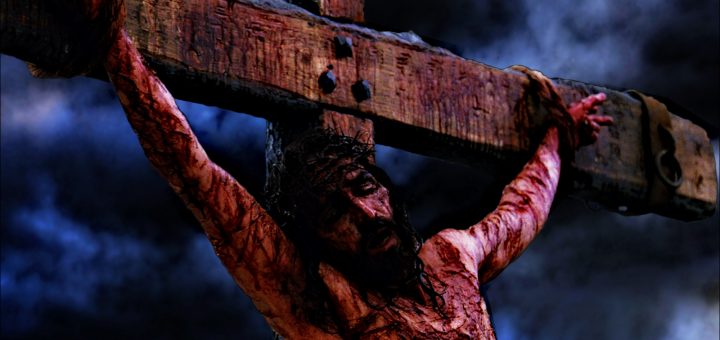

The evidence for believing Herod died in 4 BC mainly comes from the writings of Josephus (AD 37–103 ), a first century Jewish historian. John’s ministry commenced in AD 29 as previously stated and this preceded the ministry of Jesus, so He could not have been born so early. Since Jesus’ ministry lasted about three-and-a-half years, He would have died in AD 29 or 30. So, He would have turned 30 in AD 26 or 27 (there was no year zero). Luke states that: Jesus Himself began His ministry at about thirty years of age and this would be in keeping with what was required for a Levitical Priest. Jesus must have been born during the years of 6 or 5 BC. So, assuming that Jesus was one year old when the Maji visited, and the commonly accepted date for Herod’s death is 4 BC. This is referenced by the fact that following a visit from the Maji, he ordered all baby boys under the age of two living in Bethlehem, to be killed. However, there has been a problem with this later date namely, Herod the Great was alive when Jesus was born. Jesus commenced His ministry in AD 30, preached for a bit over three years and was crucified on April 3, AD 33. This all fits together very well with scripture Jesus was born late 1 BC or early in AD 1, John the Baptist commenced his ministry of announcing the coming Messiah in AD 29.

So, we can conclude that Jesus died at about 3.00 pm on April 3, AD 33. Since John records three separate Passovers during Jesus’ ministry, the early date of AD 30 must be excluded, thereby leaving April 3, AD 33 as the time of Christ’s crucifixion.įurthermore, Matthew, Mark and Luke record that Jesus died at about the ninth hour which is 3:00 pm in our time. Only the dates of April 7, AD 30 and April 3, AD 33 satisfy these criteria for the time of Christ’s crucifixion.

#WHEN DID JESUS DIE FULL#
As well, the Passover was celebrated on the first full moon of the spring. Luke states that John the Baptist commenced his ministry in the fifteenth year of the reign of Tiberius, thereby dating John’s appearance to AD 29. The only years that Nisan 14 occurs on a Friday during that period are the years 27, 33, 36 and maybe 30. Also, under the administration of Pontius Pilate, who held the position from AD 26–36. The crucifixion took place under the high priest Caiaphas who held the position from AD 18 to 36. This fixed the crucifixion day as Nisan 14 (post-Exilic name formerly Abib, Exodus 13:4, approximately our March/April), with the Passover commencing at moonrise that evening which signalled the start of a new day Nisan 15. And when John the Baptist first sees Jesus, he states Behold the Lamb of God who takes away the sins of the world. In fact, Paul refers to Jesus as our Passover Lamb. Jesus died at PassoverĪll gospels agree that Jesus was crucified at the time of the Passover. He was in the ground during the Sabbath and that He rose on the Lord’s Day (Sunday). The third Bishop of Antioch, Ignatius, writing in the first century to the Trallians, makes it clear that Christ was crucified on the day of Preparation (Friday). By the time of Tertullian (AD 160–220), the Greek word paraskeue, was used in the gospels as the day of Christ’s crucifixion and it was used to denote Friday.

However, there can be no doubt that Jesus rose on the first day of the week, a Sunday, and that it was the third day, inclusive, since His crucifixion, which means that He died on a Friday. Some scholars claim there may have been two Sabbaths in that week because the first day of the Feast of Unleavened Bread is a Sabbath and that Christ may have been crucified on a day other than Friday. Christ was crucified on a FridayĪll gospels agree that Jesus died on the day before the Sabbath Friday. However, there is enough evidence for it to be calculated. But there is no definitive date for the death of Jesus. Cyrus the Great died on December 4, 530 BC, Socrates died in 399 BC, Alexander the Great died, June 323 BC and Julius Caesar died on the 15 th of March 44 BC. The date of the death of many familiar historical figures is known.


 0 kommentar(er)
0 kommentar(er)
